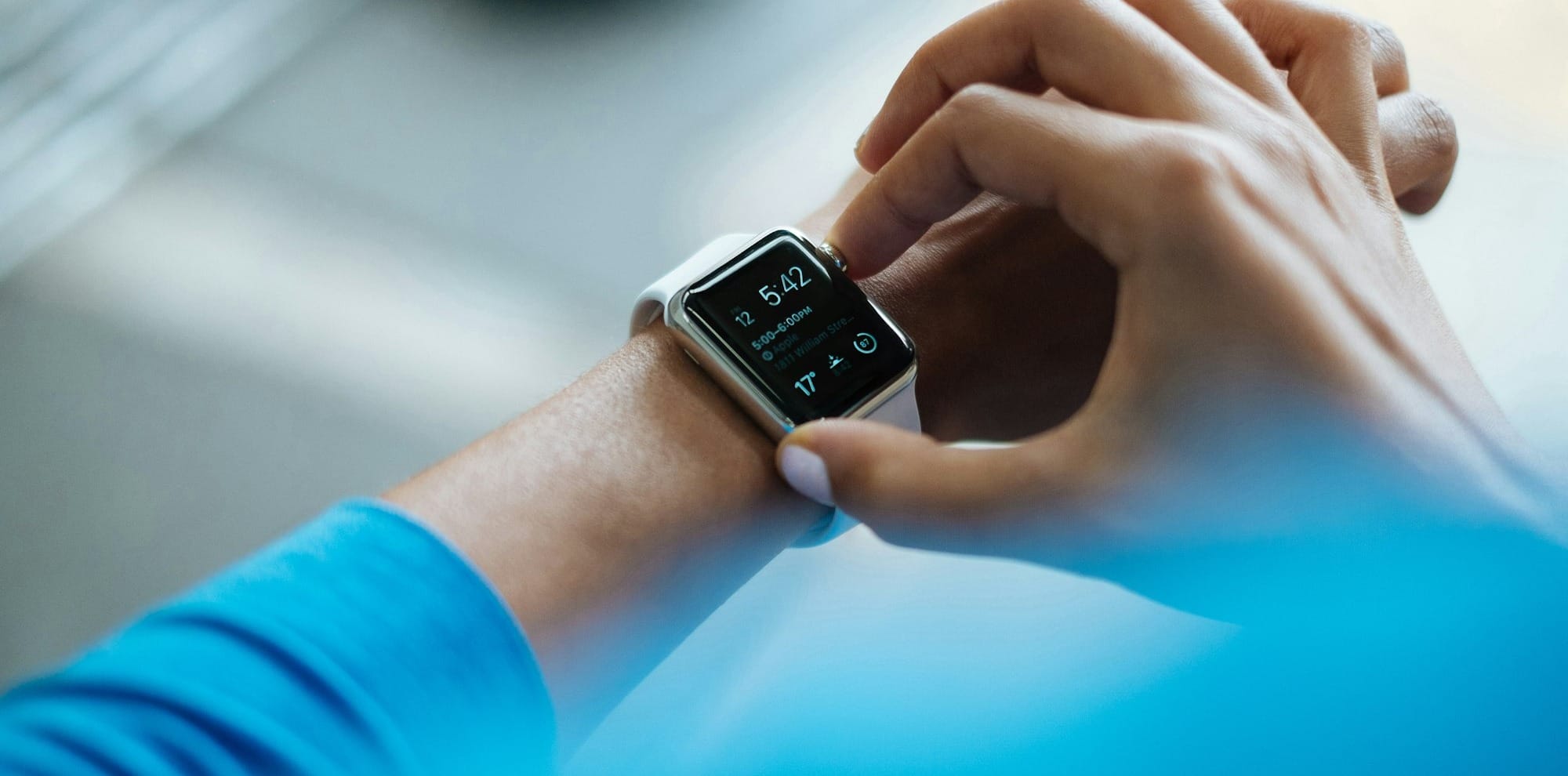These devices often come with features like fall detection and GPS tracking, ensuring timely help in various situations. With various models and subscription plans available, they cater to different needs and budgets.
Introduction to Life Alert Systems
Life Alert Systems have become increasingly vital for providing peace of mind and safety for seniors, and individuals living with disabilities or chronic conditions. These systems offer a reliable means to summon help during emergencies, such as medical incidents, falls, or even fires. The core technology revolves around wearable devices, usually bracelets or necklaces, equipped with an alert button that connects users to a dedicated response center instantly when pressed. This direct line to emergency services can be lifesaving, particularly when every second counts.
Beyond personal safety, Life Alert Systems also incorporate modern technology like motion sensors, doorbell cameras, and advanced home security features. These added functionalities create a comprehensive safety net, ensuring that help is always accessible, whether at home or on the go. For family members, knowing their loved ones can receive immediate assistance provides invaluable reassurance, making Life Alert Systems an essential part of contemporary senior care and independent living solutions.

How Life Alert Systems Operate
Most Life Alert Systems are designed to be accessible and easy to use. They typically include a wearable device, such as a bracelet or necklace, equipped with an emergency button. When pressed, this button sends a signal to a base unit connected to your home’s phone line or cellular network. This unit then contacts a monitoring center, where trained professionals assess the situation and dispatch the appropriate help, whether it's medical assistance, fire services, or police intervention. Some systems even offer built-in fall detection, automatically triggering an alert if a sudden drop in height is detected.
Beyond emergency button functionality, advanced Life Alert Systems often incorporate additional smart-home features. For instance, motion-activated voice reminders can help seniors navigate daily routines, while paired stair lifts enhance mobility within multi-story homes. Integration with doorbell cameras like NEST or Ring allows for continuous front door surveillance, adding an extra layer of security. These elements not only provide comprehensive protection but also offer peace of mind to both users and their families.
Key Features of Modern Life Alert Systems
Modern life alert systems have evolved significantly from their predecessors, providing a comprehensive suite of features tailored to ensure safety and peace of mind. These devices now often come equipped with GPS tracking, allowing caregivers and emergency services to locate the user quickly and precisely. Furthermore, many systems feature fall detection technology, which can automatically alert emergency responders if the wearer experiences a sudden movement or impact indicative of a fall. This automatic alert is crucial as it ensures that help can be on the way even if the individual is incapacitated and unable to press the alert button.
In addition to these advancements, modern life alert systems often integrate with other smart home devices, such as doorbell cameras and smart locks, enhancing overall home security. Users can also benefit from medication reminders and wellness checks, which can be scheduled and managed through associated mobile apps. These systems are designed to be user-friendly, offering intuitive interfaces and voice commands to cater to those who might not be technologically savvy. Consequently, life alert systems have become an indispensable part of maintaining independence and safety for seniors living alone or those with medical conditions. This blend of technology and care creates a reliable support network that reassures both users and their loved ones.

